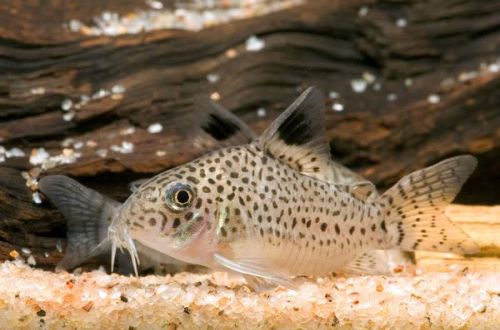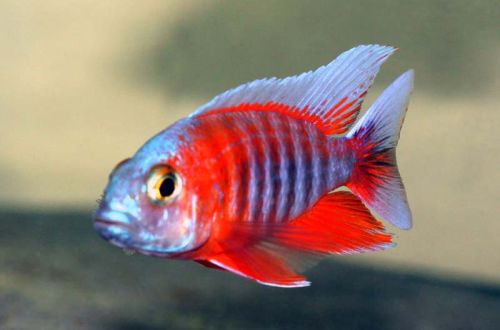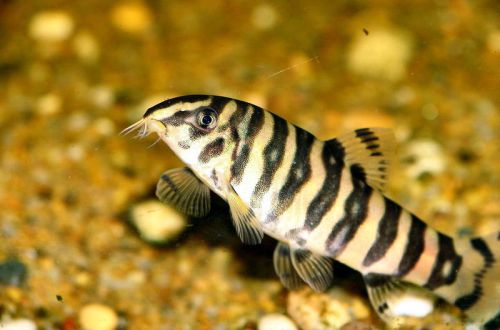
Corridor of the Cope
Cope’s Corydoras, scientific name Corydoras copei, belongs to the family Callichthyidae (Shelled or callichthy catfishes). The catfish is named after American ichthyologist Edward Drinker Cope (1840–1897). Rarely found for sale. The fish presented in the aquarium trade can be caught from the wild, which imposes certain restrictions on their maintenance.

Native to South America from a limited area of the northwestern regions of Peru. It is considered endemic to the Pastaza River basin and its source – Lake Rimachi, located in the untouched part of the Amazonian rainforest.
Brief information:
- The volume of the aquarium – from 70 liters.
- Temperature – 20-26°C
- Value pH — 5.0–7.0
- Water hardness – soft (2-10 dGH)
- Substrate type – sandy
- Lighting – subdued or moderate
- Brackish water – no
- Water movement – light or moderate
- The size of the fish is 4–5 cm.
- Nutrition – any drowning
- Temperament – peaceful
- Keeping in a small group of 4-6 individuals
Contents
Description
Adult individuals reach a length of 4–5 cm. The body pattern consists of numerous irregularly shaped black specks on a silvery or light gray background. The spotted pattern continues on the tail and dorsal fin. The latter also has a large dark spot – a characteristic feature of this species.
Maintenance and care
In most cases, corridor catfish are easy to manage, successfully adapting to a wide range of conditions. However, if the fish were caught from their natural habitat and exported for sale, then they will need to recreate the environment in which they lived in nature. Due to their rarity, Cope Corydoras often turn out to be wild fish. Before buying, you should definitely check with the consultant in what conditions they should be contained. Usually it is soft, slightly acidic running water with low concentrations of organic contaminants. May require the presence of dissolved tannins. Their source will be special essences or leaves of some trees. Read more in the article “Which tree leaves can be used in an aquarium.”
In the design, the focus is on the lower tier. It is advisable to use soft sandy soil and form several shelters from snags or thickets of plants.
Food. Wild fish prefer live foods, but may be accustomed to alternative foods by the time of sale, such as dry flakes, pellets, tablets, frozen brine shrimp, daphnia, bloodworms, etc.
behavior and compatibility. Peaceful sociable fish, prefers to be in a group of 4-6 individuals. Compatible with many other freshwater non-aggressive species of comparable size.





